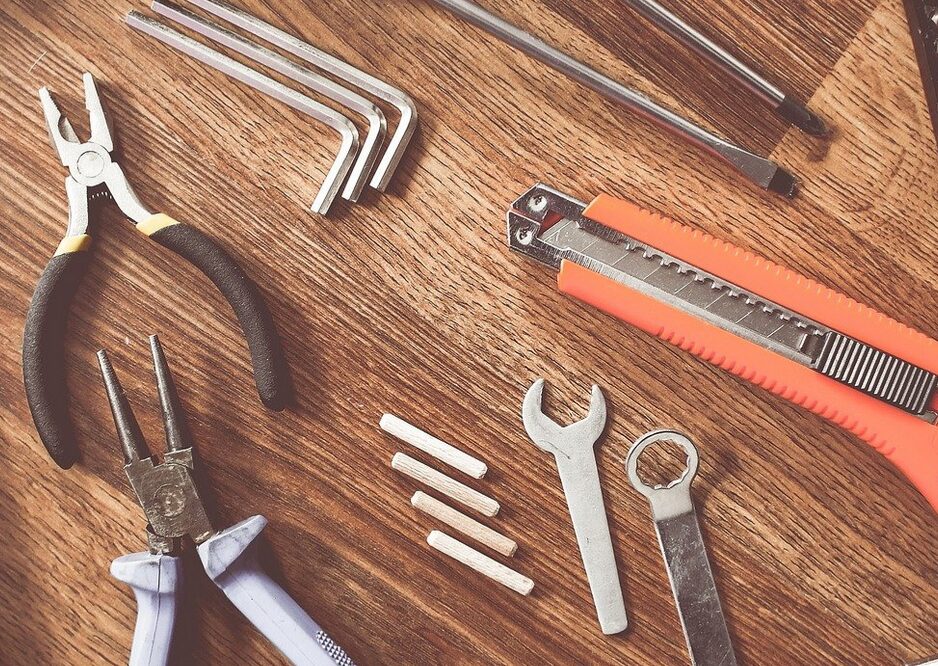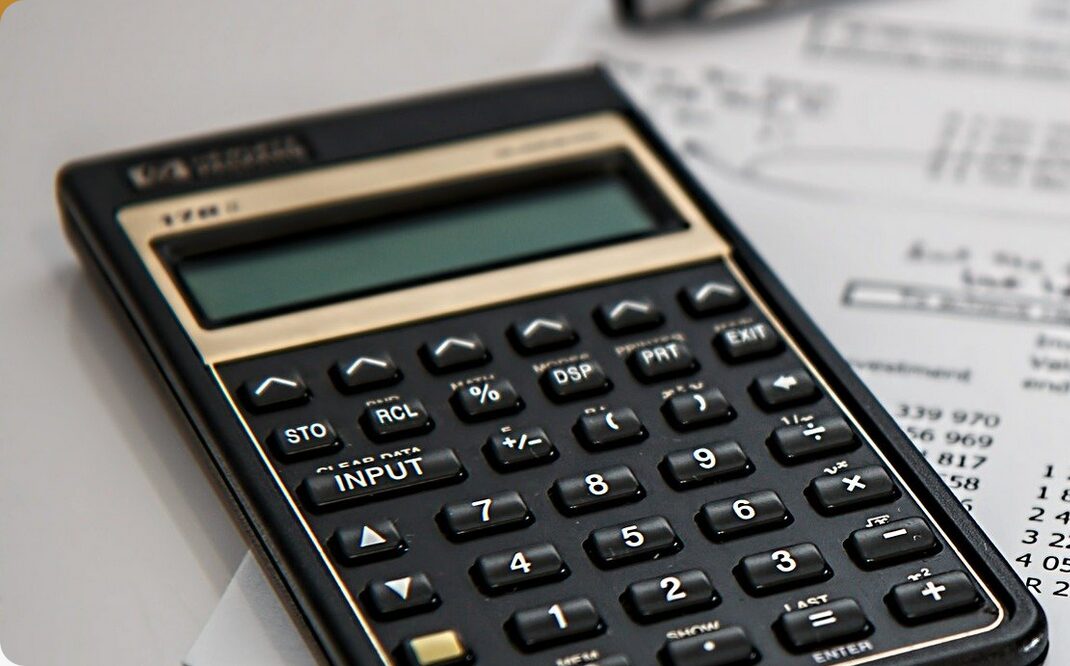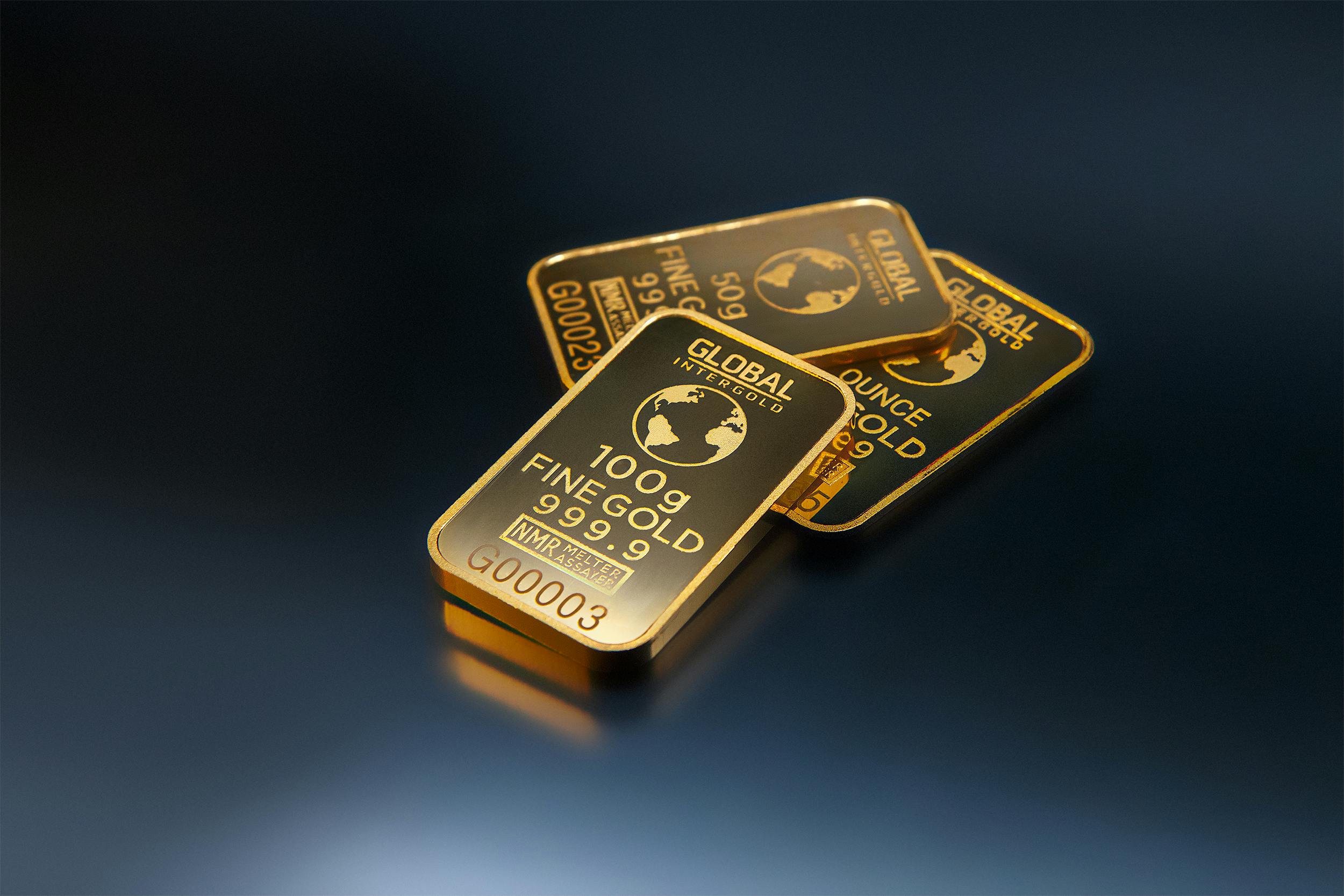Heiken Ashi Candles and how to use them
Heikin-Ashi Charts are a type of candlestick chart They look at the high-low range over a certain period of time. The heiken ashi is Japanese for the “average price.” Change in close patterns can be used to spot possible trends. Heikin-Ashi charts have an increased sensitivity to changes in the market direction, and are less affected by volatility than other types of charts. It is one of the most popular patterns that traders trade because it is visually easy and easy to read. Heikin-Ashi Charts are widely used by those who trade based on trend in a market. In that case, a setup for an uptrend or downtrend set-up is required, where the price increases or decreases to create a gap in the Heikin-Ashi Pattern. A good example of a Heikin-Ashi Set-up is the number of candles that must occur before the price closes above or below a previously higher or lower closing price. Heikin Ashi Charts are also used to identify important support and resistance areas. You must always keep in mind that these patterns are only meant to give traders ideas on where possible support or resistance is forming. The trader must not fall into the trap of believing that these patterns form actual support/resistance. Trade your own ideas and keep with what you feel is right for you, not what an indicator is telling you. Looking for reversals with Heiken Ashi charts. Using the right timeframe identifying price direction changes become much easier. Below is an example of a 2HR chart of XAUUSD as you can see there is no clear indication of directional changes in price. Now look below at the same period and timeframe 2HR Heiken Ashi, the waves of prices action are much much more visible. With large wicks signifying a direction change. This works well on gold as price ranges and the range itself is quite large. Why doesn’t everyone use Heikin Ashi? Ther is a trade off, for a clearer indication of trend and momentum we lose the granular information about price, there is a trade off. The open and close of the Heiken Ashi is not the closing or opening price price of the period rather it is formulated to give us an average. Open = [(Open price of previous candle) + (Close price of previous candle)] / 2 Close = (Open + High + Low + Close) / 4 So while Heiken Ashi can tell us about trends, it is not suitable for precise entries. It should be used as a confluence to an already existing strategy and is one (but powerful) tool of many in a traders toolbox.
Continue ReadingWhat are pips and how to use them
What are Pips in Trading? Pips are the smallest unit of movement in a currency. They measure how much a currency has moved in one direction against another. For example, if USD is trading at 1.2000 against EUR, and then it moves to 1.1995, then the USD has gone down by 5 pips against EUR (1.2000-1.1995). A pip is also known as points or points of percentage change on investment returns for securities that trade in foreign currencies. The difference in the fourth decimal place. For JPY pairs we count it from the second decimal place. For example USDJPY 109.24 -> 109.29 is 5 pips difference. For Gold (XAUUSD) we count it from the first decimal place 1891.10 -> 1891.60 is 5 pips difference. How to use pips value to calculate $ ammount per trade (Quick calc) My personal rule of thumb for off the cuff quick calculations on the expected risk or profit of trade goes like this: Rember this base calculation and quickly be able to calculate $ amounts expected for a trade. Base: (Remember this)0.10 Lots = 1$ per 1 pip You can use this basic calculation to make rough calculations to know exactly what you’re expecting when going into a trade. Example 1: If for example, you have a 0.05 lot trade with 50pip stop loss you can multiply and divide accordingly. For example : 1$ x 0.5 (half of base lot size) x 50 (pips) ~= 25$ Example 2: If you have a 0.30 lot size trade with 70pip take profit: 1$ x 3 (three times base lot size) x 70pips ~= 270$ Precise web calculators Before entering any trade, you should always know exactly how much you are risking per trade. There are many calculators online. Personally I use a mobile app called “Stinu” it is by far the best lot size calculator there is but it is paid now I belive (worth it, will save you a lot of headache and losses in trading). Search for it on your mobile appstore. Myfxbook has also a good one. If using our signals for calculation use asset EURUSD instead of XAUUSD for correct lot sizes for given pips. Myfxbook forex calculator
Continue ReadingTop 5 Easy mistakes to avoid when starting out trading
When starting out trading, many people make a lot of mistakes that may cost them a lot of money. If you want to avoid some of these mistakes, this post can help you. 1. Don’t trade without a plan This is one of the biggest mistakes that traders make. They start out trading without having any idea about what they want to do or how they are going to do it. They have no plan whatsoever, so they never know if what they are doing is going to be successful or not. If you don’t have a plan and just start trading, you are asking for trouble. 2. Always have an exit strategy This is something that many traders overlook and then regret later on. They open a trade and when it moves in the direction they predicted (which happens quite often), instead of taking off some or all of their position, they just ride it to the end. And when the trade then moves against them, they get stopped out and lose even more money. If you don’t have an exit plan, you are just asking for trouble. 3. Never revenge trade The truth is that many traders have huge losses due to revenge trades. They become angry with the market and then decide to trade against it. They will then either lose big or end up making money because they are trading against the trend, but they will lose more than they would have if they just moved on and left it alone. If you want to avoid this mistake, just don’t trade when you are angry. If you want to get somewhere in the financial world, don’t anger the market. 4. Know your time frame When you are a beginner, it can be tempting to trade stocks with high time frames so that you can see a lot of big moves. But this is not the best strategy since you will also see a lot of fluctuations which means there are also many false signals. These can be quite confusing and could lead to mistakes being made. Instead, start out by trading with smaller time frames and only after you feel comfortable, move on to bigger time frames. It is much less likely to make mistakes that way. 5. Have a risk management plan When you are about to open a trade, you should always know how much capital you are going to risk. Many beginners don’t or won’t take any kind of risk management when the trade. They will put in all of their capital at once and then regret it when the trade moves against them badly. When you have a risk management plan, you stay in control of your capital. If you don’t have one, you are asking for trouble. You may come up with your own plan that works for you or maybe even change it as your starting point gets more secure and stable. The key thing here is to keep the process as clean and disciplined as possible! If you do this right from the first step, then there’s less room for mistakes. These are the top 5 most common mistakes that beginners make when they start trading and I hope this post has helped you in some way. If this post has helped you in any way, please do share it with friends!
Continue ReadingThe benefits of specialisation in trading
Your trading edge In trading, it is possible to have an edge with specific strategies that might not be profitable in other contexts. It is essential to work on your strengths and specialise in the areas where you have the most advantage instead of trying a wide variety of strategies. The key idea here is to do what you are doing well and avoid being average or worse at anything else. While it is essential to try out new strategies, it’s not a good idea to pivot into something you are not particularly good at. If you do have an edge and can perfect your strategy, you can exploit this in your trading in the long term. A trader with a trading edge can produce excess profits over the long run, which ultimately matters in trading. To achieve this, however, you first need to locate and exploit your particular trading edge. So think about your skillset and what set of strategies will suit you best. Focus on your strengths To choose your strategy, think about your knowledge or experience in trading, whether it be technical analysis, fundamental analysis, or general market knowledge. You could focus on one particular type of approach and become an expert at it. For example, if you have a background in economics, it might be helpful to apply the economic theory when making predictions for the price direction. We at GoldSignals specialise in XAUUSD (Gold) trading and a few major pairs. We only trade the XAUUSD (Gold) contract with a pre-defined set of convergence rules. We use these rules to ensure that we always open trades on the right side of the market and avoid any unnecessary trades and, therefore, risk. Instead of trading many instruments on the XAUUSD (Gold) contract, we believe that you can gain an edge by trading one single instrument for a more extended period of time. It is also essential to think about how much trade risk you are willing to take. If you have a strong understanding of the market, this will enable you to make fewer trades. If you are not too good at technical analysis, then an alternative approach might be to find some traders who can identify the main trend and trade only in this direction. Consistency is key With appropriate risk management, one does not need to trade many pairs or instruments. By trading fewer instruments, you can gain an edge and let your winners run and cut your losers short, resulting in a smaller loss for each trade. By identifying the trend direction, one can hold fewer positions, but instead of waiting for the trend to complete its move, one can take the position for a quick profit. Practice on the demo account with very small amounts of money before you start trading live with real money. By doing this, you can avoid losing your capital early in your trading career. Once you have a winning strategy focusing on one or a few instruments, you can be more in tune with the price action and markets movements and not miss any opportunities that may arise in your strategy.A strategy that requires ‘five minutes a day’ is not going to work out in the real world because you will often find yourself wanting to do more due to the excitement of trading. Therefore, you must have a strategy with which you can keep your trading time requirements minimal. When it comes to markets, momentum and trends are your best friends. Basing your trades on sound analysis of market conditions and identifying solid trends in the market is essential to commerce with confidence. Be a specialist. Hone your craft, and you will find yourself trading more successfully.
Continue ReadingWhy Forex is the most traded market in the world
The finance world is filled with a lot of jargon and loose terminology. It’s not the easiest thing in the world to understand, but if you break it down into its most minor parts, you’ll be able to make your way through it. If you want to be successful in this industry, one of the first things you need to learn about is what forex is – and why it’s so important. What is Forex? Typically, when you hear the word “forex”, you think of currency trading – and that’s an excellent thing. The reason is that forex is the most versatile of all trades. In fact, as a small business owner and entrepreneur, you may be trading in several different currencies every day. After all, there are only 24 major currencies – and they have to exist within the context of the global economy. This means that we’re always in need of forex. For example, let’s say that you buy a TV from Best Buy and pay for it by credit card. You then go out and buy yourself a $1,000 television to put in your office. You have more money in your account than the amount of money required to make the purchase – so you go and deposit the rest of it into your bank account. Because you paid for the TV through credit, Best Buy owes you an amount of money on your end. That payment is going to be made in pounds. The only way for Best Buy to get that money into your bank is by discussing it with their international affiliates and exchanging it into dollars. They’re going to charge you a fee for that, but most companies accept the fact that forex trading is part of doing business these days. More than one billion people trade on forex every day – and even if you’re buying and selling the standard currencies, there are a lot of reasons why you should be getting involved as well. Forex has such a high daily trading volume because it is the most versatile of all trades. In fact, as a small business owner and entrepreneur, you may be trading in several different currencies every day. Who are the players that trade forex? Institutions: Large Investment Banks, Central Banks, Governments Governmental authorities and large investment banks are significant players in the forex market. At the same time, central banks are directly involved too. In particular, large institutions can make big trades as a result of their resources and financial clout. Forex trading is an integral part of the foreign exchange market. Banks and other large financial institutions use forex to manage their vast assets. The exchange rate is a proportion between two currencies denominated in different currencies. Governments can intervene in the market just like any other investor. Consumers: Individuals As Traders Individuals are also able to trade in forex on their own. This is part of what makes forex so popular worldwide – especially on the Internet, where you can trade from your home computer or mobile device. International investors in forex are split into the following categories: Direct participants, including banks, governments, dealers, and broker companies. These institutions invest in foreign exchange with their cash and make trades directly with each other or with other customers. Indirect participants, including households and companies. For these customers, a bank acts as a middleman between them and the market. Indirect participants typically cannot purchase or sell currency themselves (or at least not in large quantities) and must rely on a broker to do this for them. The bank might also hedge the risk of exchange rate movements by going short or long on its own account. How do the players use Forex? The foreign exchange market is one of the largest financial markets in the world, with more than $1.5 trillion traded daily. Large banks may trade hundreds of millions of dollars per second, but individual traders can sometimes trade as little as $1 – or even less – at any time. Investment banks use forex trading to raise capital and convert their holdings of one currency into another. They’re also able to use it as a source of income. The main reason why investment banks use forex is to generate revenue. Investment banks also act as counterparties when investment banks or other direct participants transact directly with each other. Governments use forex to manage their foreign exchange reserves. This is why the US government, for example, auctions off the right to purchase euros from its treasury department. Banks use forex to manage their assets and transactions. Banks can hedge certain risks in transactions by going long or short on the exchange rate. They also unload disproportionate assets, such as at the end of the financial year or before a big merger. Banks also use forex to earn interest on funds deposited with them (banks typically charge an administration fee on this amount). Central banks use forex to help maintain the value of their country’s currency. They end up doing it both with other central banks and on their own. Central banks also use forex to control inflation and protect currencies against wild fluctuations in exchange rates. Overseas investors use forex as a way to diversify their assets across the world. Some cheaper assets are available in other countries, such as real estate or stocks in those countries. The advantage of investing in other countries is diversifying away from volatile areas, such as commodities or emerging markets. This is especially valuable for those who see a collapse in specific markets or currency values – they can shift out of it. The huge forex market Many actors all play their part in creating this high daily trading volume, and it is difficult to calculate precisely how much of the total volume is traded. The money which is traded daily is not only money in the bank or deposits but also sales on credit. Foreign
Continue ReadingThe effect of interest rates on Gold and Millennials
Gold prices have been on the rise since central banks started implementing low interest rates. Firstly, we need to understand what is causing the surge in gold prices before explaining how interest rates are affecting it. In the last two decades, Central Banks have been keeping global interest rates at 0-0.5%. This has helped many developing countries increase their GDP and economic growth and sparked inflation in developed economies by reducing their value through cheaper borrowing options. This cycle of cheap borrowing seems to be coming to an end with current negative US bond rates and the recent rise in gold prices. Millennials should take notice of this trend because it doesn’t end here. Gold prices will go up after an economic slowdown, leading to a massive increase in interest rates that could become more volatile than it is today. Now we know what is causing gold prices to take off, let’s find out how it will affect millennials. The primary mechanism of interest rates on the economy is through indirect effects that are usually negative. When interest rates go up, people will save more money and spend less, which leads to a decline in aggregate demand and less economic growth. This can have both positive and negative implications for our economy. Positive: This applies to developed economies with negative economic growth figures. With an increase in interest rates, people will save more money, increasing the nation’s savings rate. Hopefully, this will stop the country from accumulating more debt and help rebuild its economy through higher savings rates. Neutral: This is the average effect of interest rates on economies. The main effects of interest rates are determined by the state of its economy at a particular time, which can be affected by many factors, not just interest rates. Other factors are more influential than interest rates, for example, a falling GDP and high unemployment. Negative: The effects of higher interest rates are usually adverse on economies. For example, we have already seen this in emerging markets. Interest rates are currently at historic lows in Turkey and Brazil who have negative economic growth. This has led to fewer savings which are causing debt increases and the risk of defaulting on loans. Interest rates affect our economy in many ways, but one way that is becoming more and more apparent is through the increasing gold prices. This trend shows that interest rates will start to rise soon, and it also shows how it can affect millennials who live in developing countries such as Turkey, Brazil or India. As you can see, our economic system is coming to a point where gold prices will only continue to rise, which could potentially cause a financial crisis when interest rates increase dramatically.
Continue Reading




